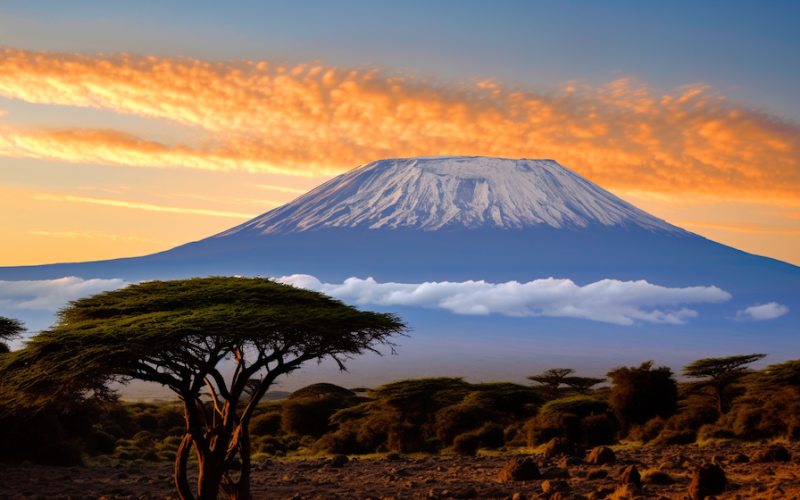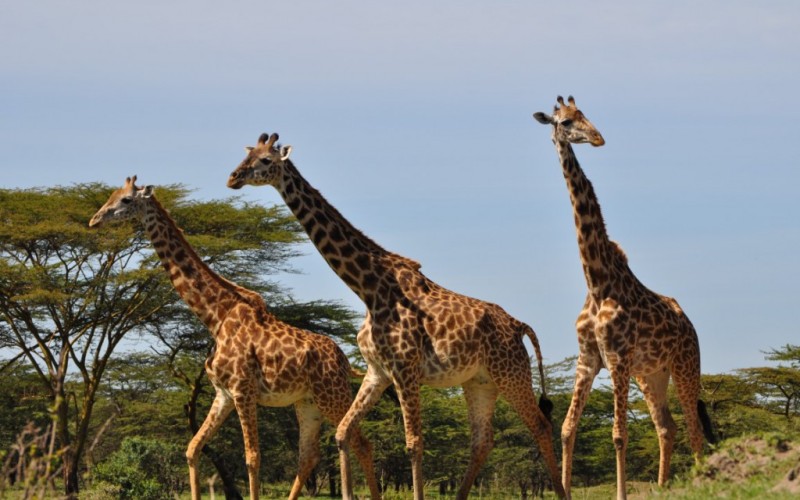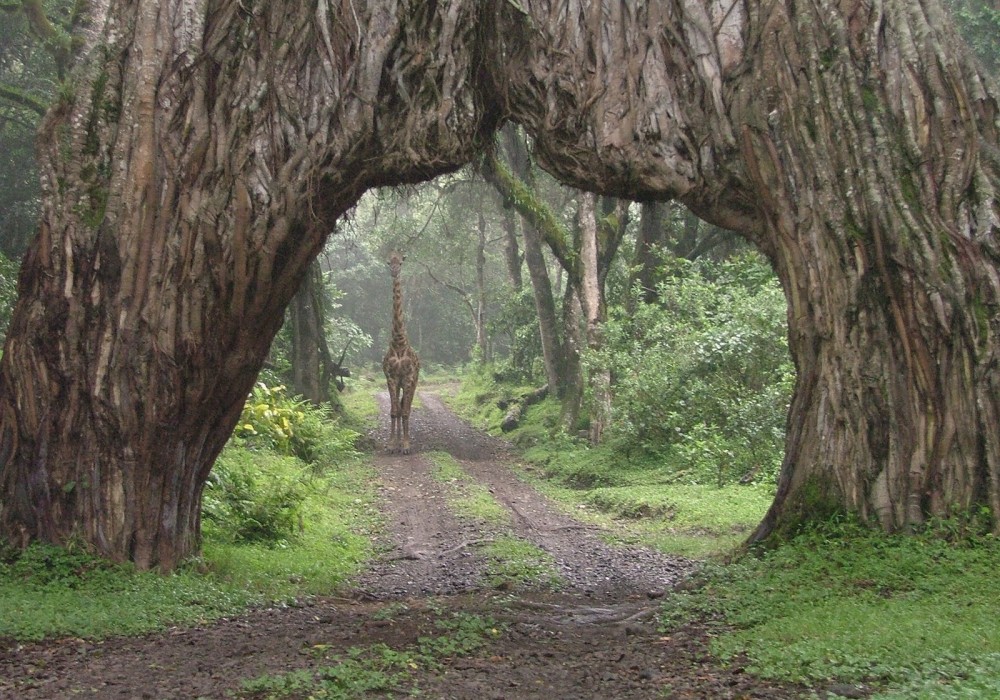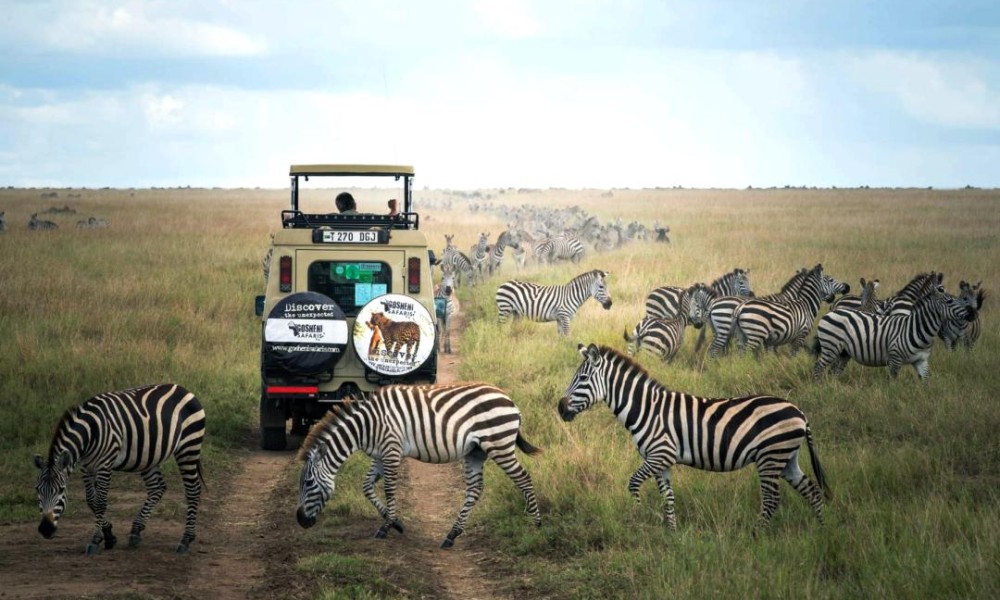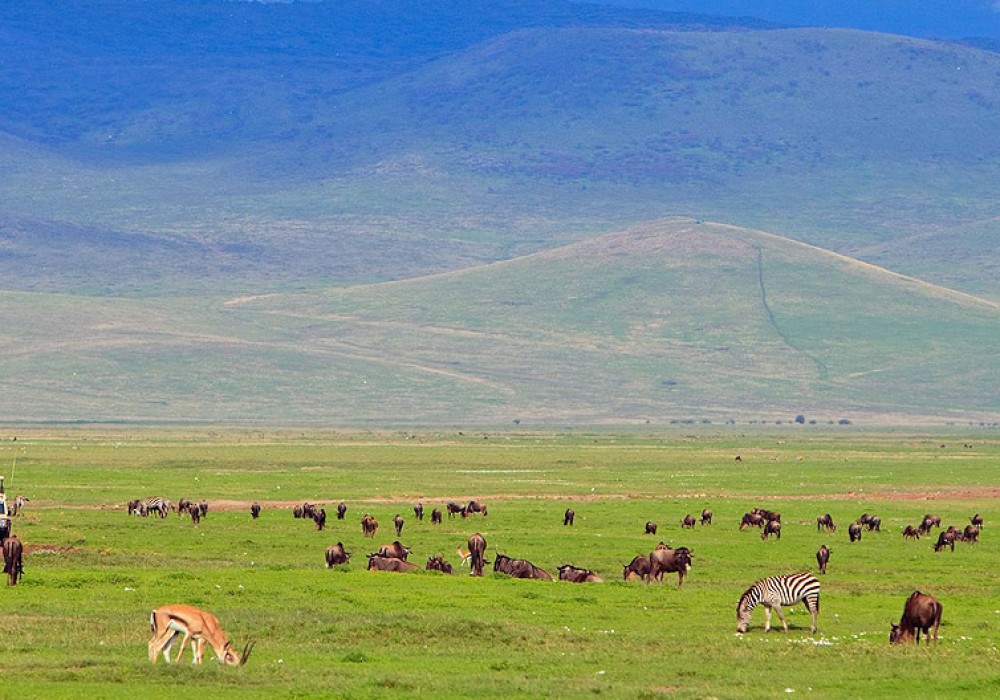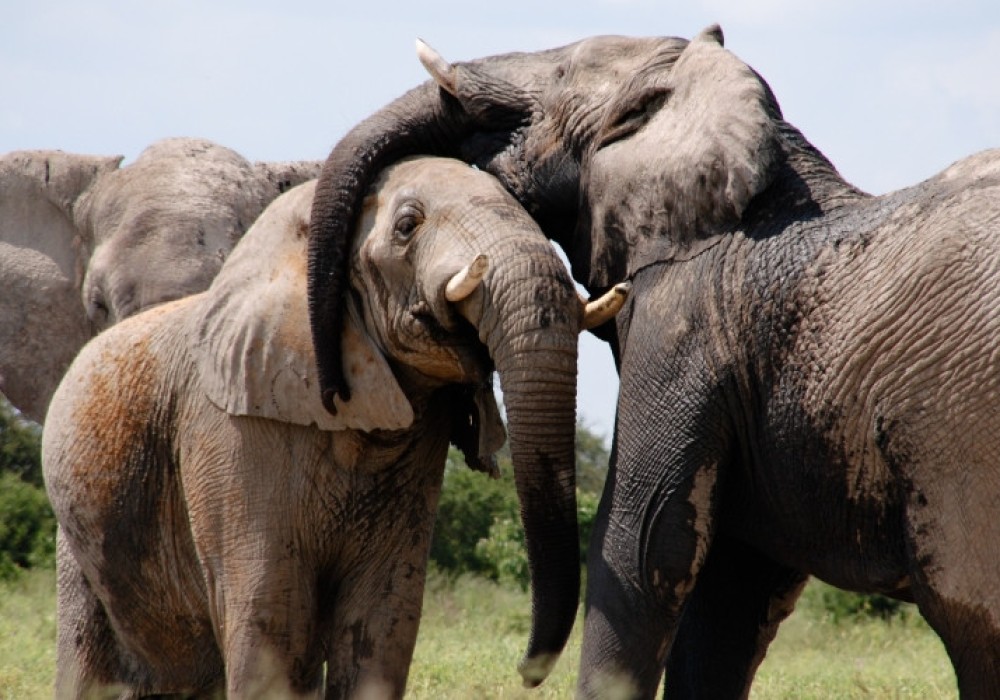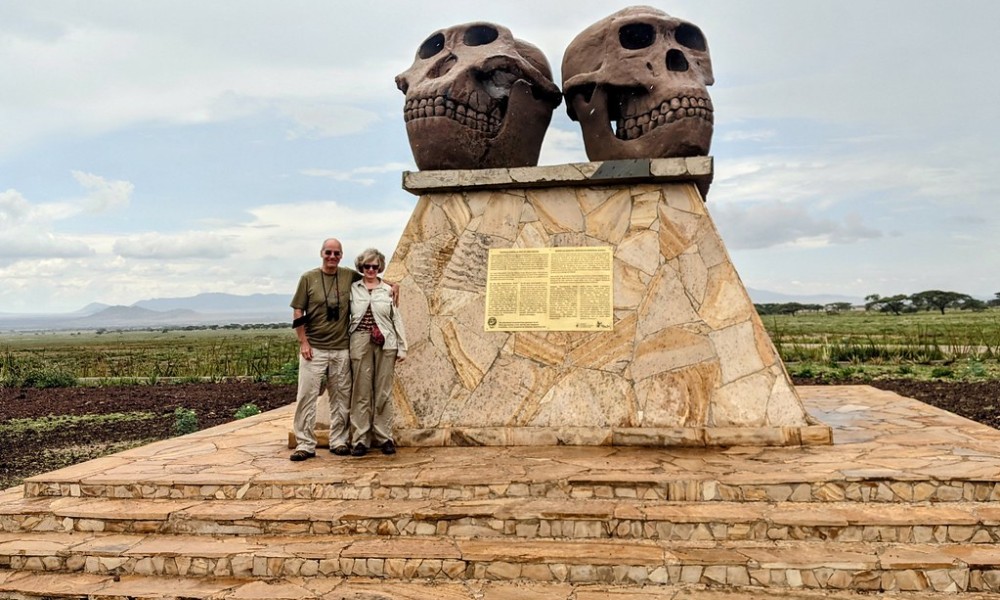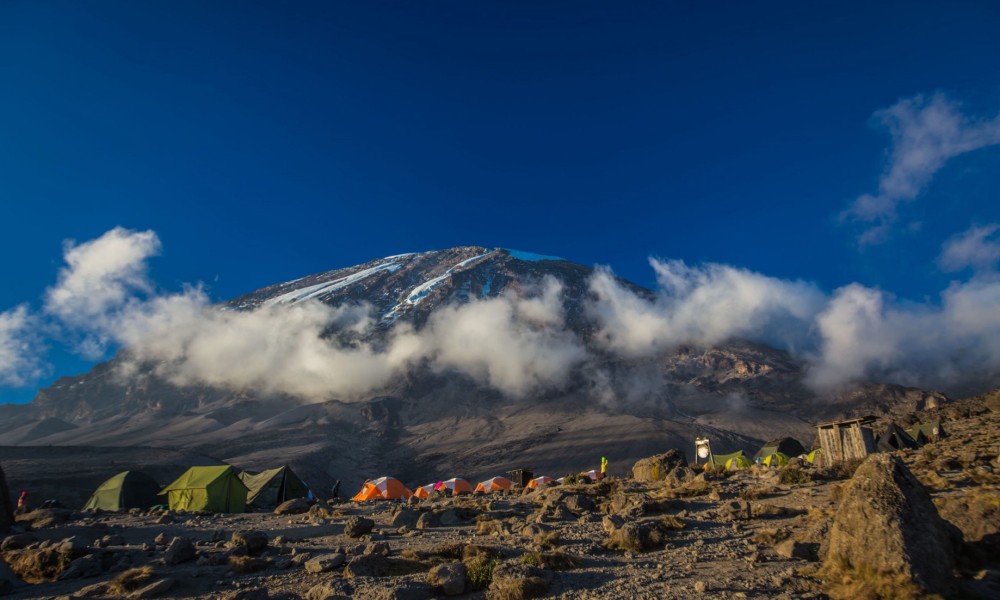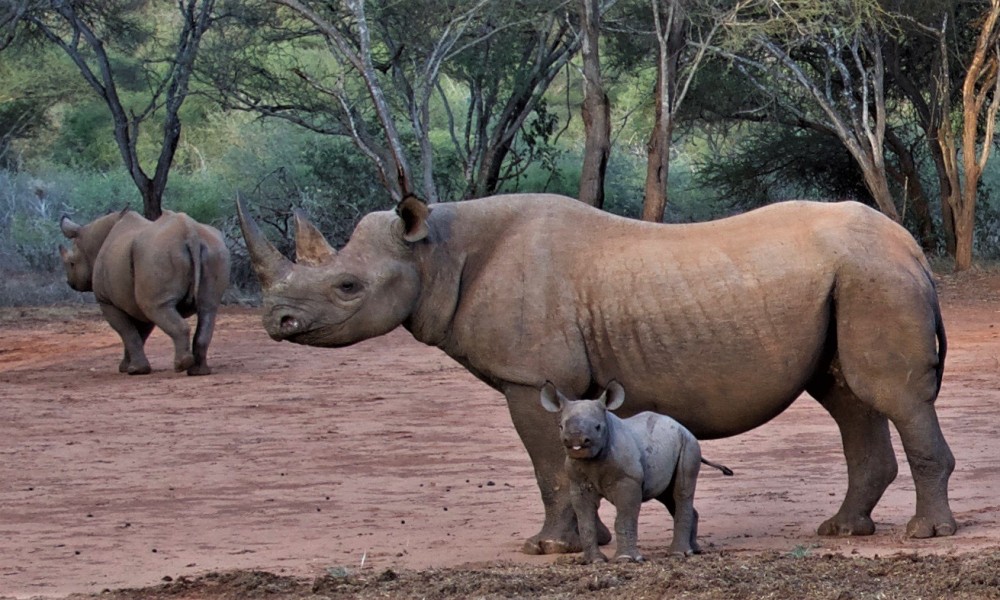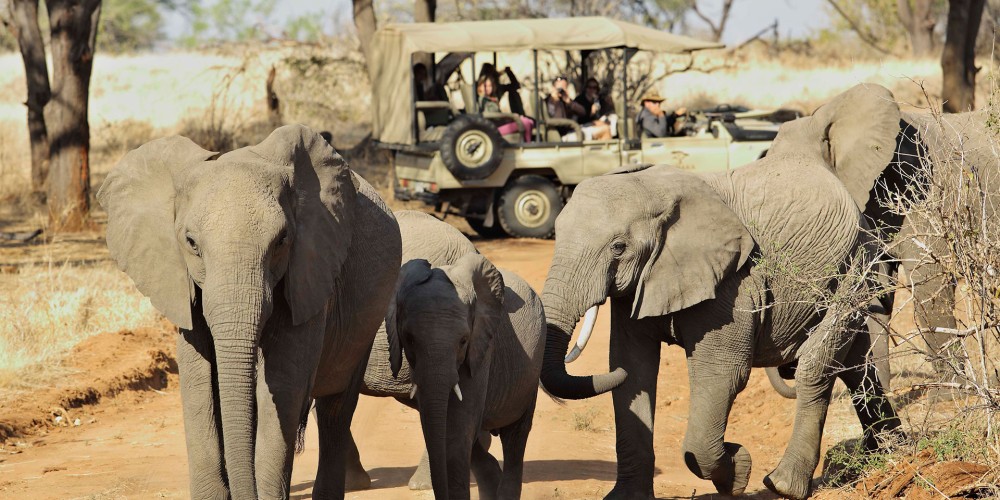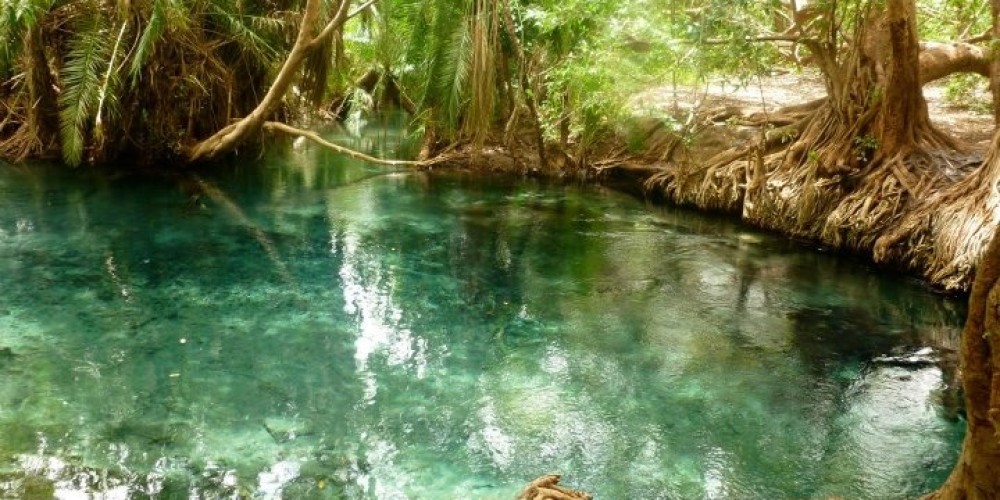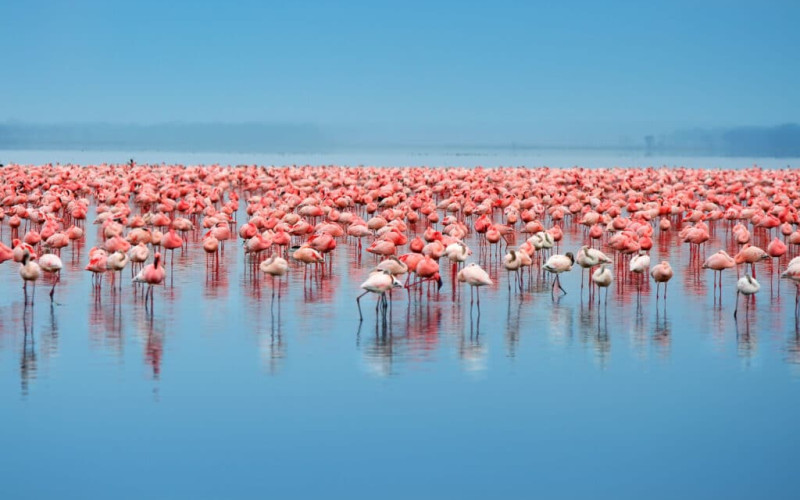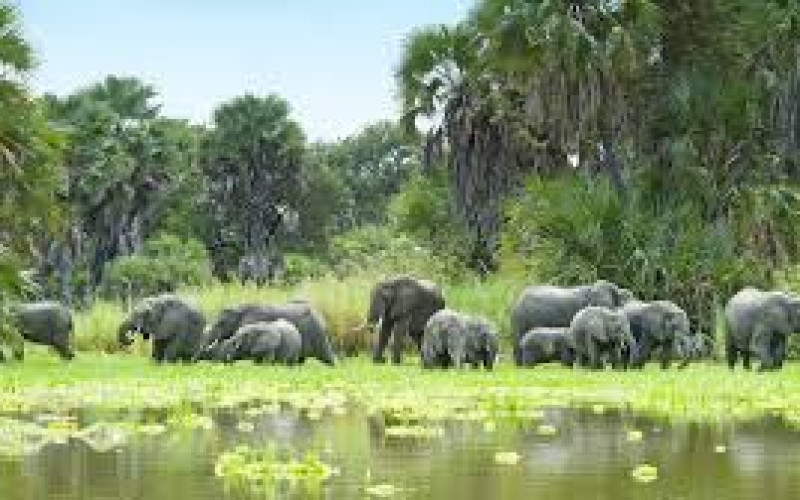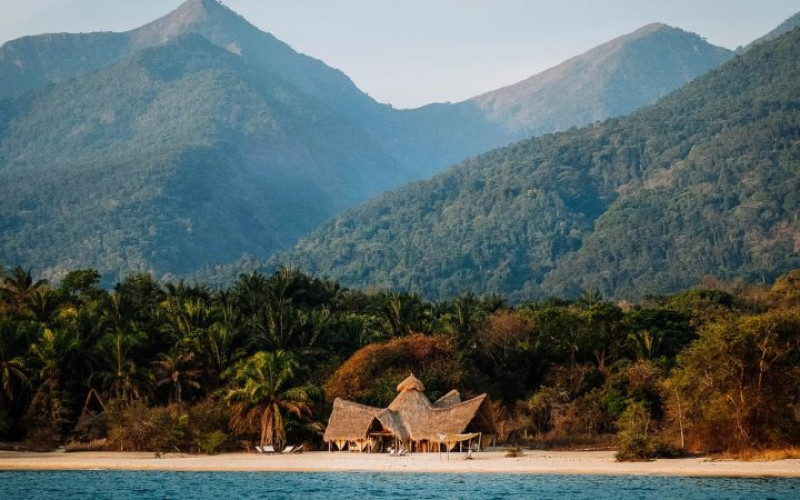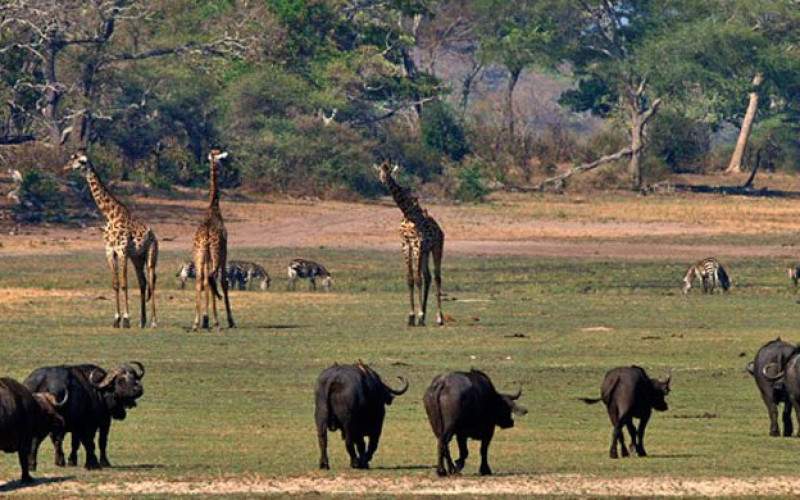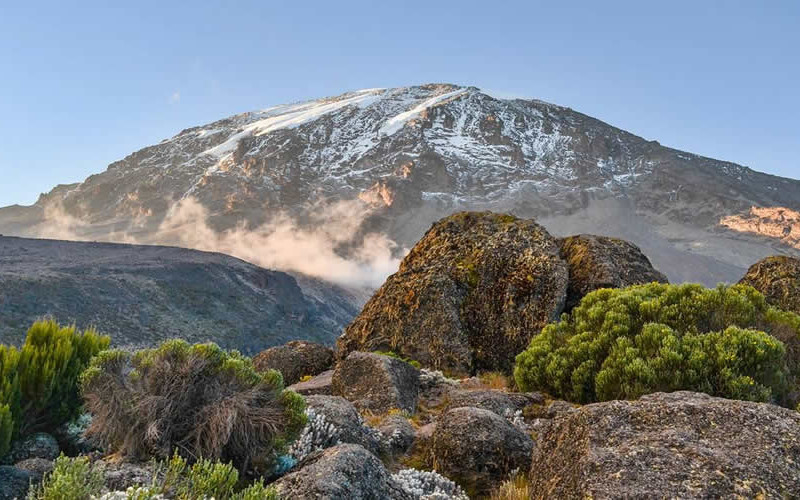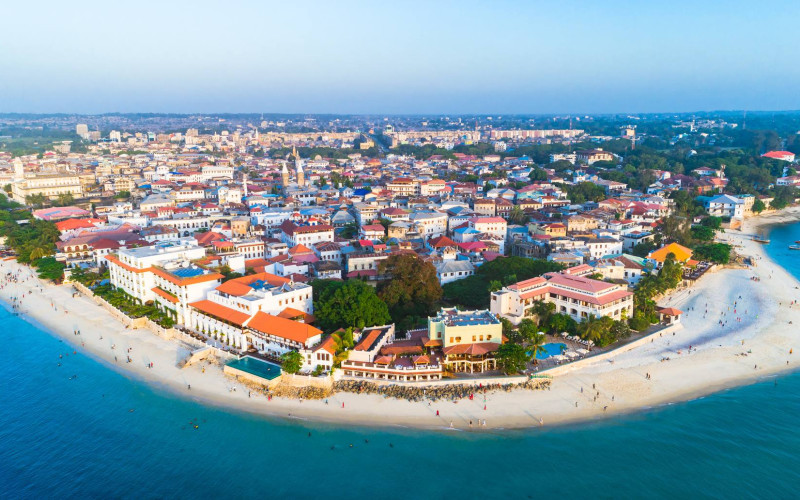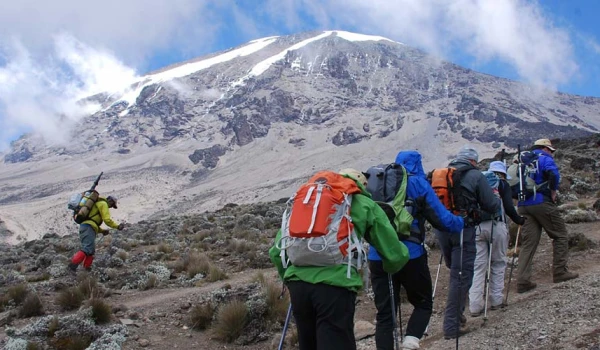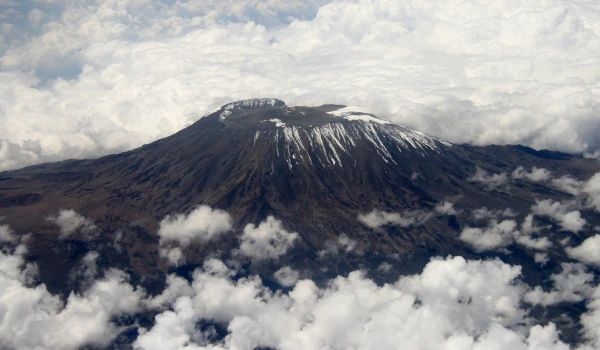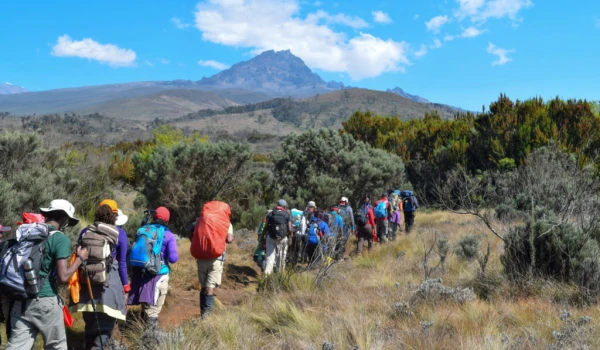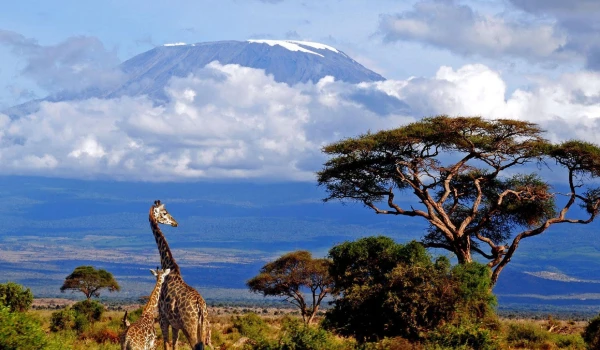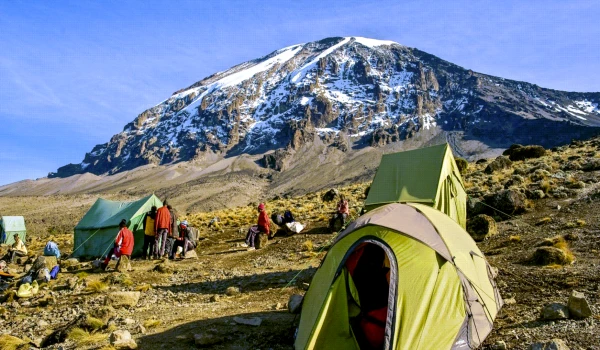Tanzania
Tanzania is renowned for its exceptional safari experiences, offering some of the most diverse and breathtaking wildlife viewing opportunities in Africa. Here’s an overview of what you can expect and how to plan a safari in Tanzania:
Key Safari Destinations in Tanzania
Serengeti National Park:
Highlights: Famous for the Great Migration, where millions of wildebeest, zebras, and gazelles move in a circular route across the Serengeti and Maasai Mara in Kenya. The Serengeti is also home to the Big Five (lion, leopard, elephant, buffalo, and rhinoceros).
Best Time to Visit: June to October for the Great Migration; January to February for calving season.
Ngorongoro Crater:
Highlights: A UNESCO World Heritage Site, the crater is a large volcanic caldera teeming with wildlife, including the Big Five. It offers unique landscapes and a chance to see the critically endangered black rhino.
Best Time to Visit: Year-round, with the dry season (June to October) offering easier wildlife spotting.
Tarangire National Park:
Highlights: Known for its large elephant herds, ancient baobab trees, and seasonal swamps that attract a variety of wildlife. It’s less crowded than other parks, providing a more intimate safari experience.
Best Time to Visit: June to October during the dry season.
Lake Manyara National Park:
Highlights: Famous for its tree-climbing lions, diverse birdlife, and scenic landscapes, including the alkaline lake that attracts flamingos.
Best Time to Visit: July to October for large mammals; November to June for bird watching.
Ruaha National Park:
Highlights: Tanzania’s largest national park, offering rugged landscapes, diverse wildlife, and a sense of wilderness. It’s known for its high concentration of elephants and predators.
Best Time to Visit: June to October during the dry season.
Types of Safaris
Game Drives:
Morning and evening game drives are the most common way to explore the parks and see wildlife.
Walking Safaris:
Led by armed guides, walking safaris offer a chance to experience the bush up close and learn about smaller flora and fauna.
Balloon Safaris:
A unique way to see the Serengeti, offering panoramic views of the landscape and wildlife from above.
Cultural Tours:
Visits to local Maasai villages and other cultural experiences can be included in your safari itinerary.
Accommodation Options
Luxury Lodges and Tented Camps:
It offers high-end amenities, including gourmet meals, swimming pools and private verandas with stunning views.
Mid-Range Lodges and Camps:
Comfortable accommodations with en-suite facilities and good service.
Budget Campsites:
Basic facilities are ideal for those looking for a more adventurous and affordable experience.
Planning Your Safari
Choosing a Tour Operator:
Research and select a reputable tour operator that offers the type of safari experience you’re looking for. Check reviews and ensure they are licensed.
Vaccination and Health:
Consult your doctor for vaccinations and medications, including malaria prophylaxis.
Travel Insurance:
Ensure you have comprehensive travel insurance that covers safari activities.
Packing Essentials:
Light, breathable clothing in neutral colors, a wide-brimmed hat, sunglasses, sunscreen, binoculars, and a good camera.
Visa and Entry Requirements:
Check the visa requirements for Tanzania and ensure your passport is valid for at least six months from your date of entry.
Best Time to Visit
Dry Season (June to October): Best for game viewing, as animals gather around water sources.
Wet Season (November to May): Lush landscapes, fewer tourists, and a great time for bird-watching. However, some roads may be difficult to navigate.
Example: Safari Itinerary
Day 1-2: Arrival and Arusha
Arrive at Kilimanjaro International Airport and transfer to Arusha for rest and acclimatization.
Day 3-5: Serengeti National Park
Fly or drive to the Serengeti. Spend three days exploring the park, including morning and evening game drives.
Day 6: Ngorongoro Crater
Drive to Ngorongoro Crater. Enjoy a full day of game viewing inside the crater.
Day 7: Lake Manyara National Park
Visit Lake Manyara for a day of game drives and bird watching.
Day 8-9: Tarangire National Park
Spend two days exploring Tarangire National Park, known for its large elephant herds and baobab trees.
Day 10: Departure
Return to Arusha and transfer to the airport for your departure flight.
Conclusion
A safari in Tanzania is a once-in-a-lifetime experience, offering incredible wildlife, stunning landscapes, and rich cultural encounters. By planning ahead and choosing the right destinations and tour operators, you can ensure a memorable and safe adventure.
